This blog post explores ways that state and municipal officials can help protect vulnerable communities from the spread of COVID-19. It is the second part of a two-part series. The first post that highlights the causes of racial disparities in COVID-19 infection and death rates is available here.
In the first part of this analysis, we used mobility data for more than 90,000 devices in Detroit, collected earlier this year, to demonstrate the racial and income disparities in social distancing. In Detroit, as the pandemic wore on, Black residents were less likely to engage in social distancing compared to their fellow white residents. Many Black people were likely to be going to work, using public transportation, and then returning to more densely populated housing units—generating a cycle that can facilitate infection and additional transmission. Through the device data, we observed a community of front-line Detroiters who are disproportionately Black and poor.
There are similar front-line communities all over the country. What steps, then, can governments take to protect them as COVID-19 ravages the nation?
Providing PPE to front-line workers
We urge the Detroit Health Department and health departments across the country to strengthen physical safety protections for essential workers deemed low- or medium-risk under the Occupational and Safety Health Act (OSH Act). We also implore employers of all sizes to provide essential workers with personal protective equipment (PPE). OSHA’s recently released COVID-19 advisory outlines helpful precautionary measures that employers can implement to protect workers, but the advisory does not confer any regulatory burden to provide low- and medium-risk workers with PPE. And where OSHA falls short, states and localities should use their regulatory and enforcement authorities to go further. Increased oversight, enforcement, worker complaint hotlines and an ombudsman should be part of the parcel, too. Essentially, there should be no uncertainty within the employer community about accountability or the standard of care that management is expected to provide for vulnerable workers.
Testing and treatment close to home
Getting the virus spread under control requires us to increase our COVID-19 surveillance capacity. That means encouraging people, especially those in high-risk groups, to report their symptoms and get tested. Decisions over where to target testing facilities should factor in risks from employment as well as risks associated with housing and transportation. Front-line workers and residents of front-line neighborhoods, particularly those with low rates of social distancing, should be saturated with COVID testing and PPE distribution centers. Historically, these communities are overrepresented in the ranks of the uninsured and their residents are more likely to endure abusive interactions with aggressive medical debt collectors or face outrageous medical bills. The Provider Relief Fund (PRF) can help remove financial barriers to accessing COVID-related medical care; these funds can be used to cover treatment and care (e.g., office visits, inpatient/outpatient care) for uninsured individuals. Crucially, providers must agree not to balance bill uninsured patients for coronavirus-related treatment.
Creating spaces for quarantine and social distancing
Our analysis shows clear evidence of social distancing gaps between Detroit’s poor and affluent neighborhoods. While income and occupation help to explain why poor neighborhoods are at highest risk for an outbreak, it’s only a partial explanation. It has been demonstrated that low-income Black people disproportionately use public transit systems—buses, light rails, and subways to commute to work and are more likely to live in substandard, dense housing contexts. (The contentious Inclusive Communities Supreme Court case sought to challenge intentional policies that segregate Black people in dense, low-quality neighborhoods.) Because of work demands, transportation needs, housing settings, etc., social distancing and/or quarantining is not possible. One option for local community leaders is to apply Provider Relief Fund and CARES Act funds to establish community-based quarantine hotels supported by clinical and mental health providers to help slow the spread of the virus.
Assembling local, trusted contact-tracing teams
Finally, we strongly encourage leaders of hard-hit communities to consider using the various federal coronavirus funding streams to deploy contact tracing teams in high-risk, susceptible communities. Baltimore County, Maryland and Washington, D.C. are ramping up efforts to assemble a contact tracing workforce and are exemplary models for proactive public health management, but that workforce should be first sourced from affected communities. Managing a positive COVID diagnosis is an incredibly private struggle for an individual with limited resources; the conflict is amplified for an asymptomatic, low-wage, essential worker caught between rent and a moral obligation to self-report. An individual in this circumstance needs information, support, and empathy. Black America needs a trusted contact tracing workforce that is emotionally and culturally sensitized to the values and taboos of the community they serve. This workforce must be a legion of credible messengers trained to elicit information, dispel misinformation, and extinguish bias and stigmas.
Privacy and trust are indispensable core values for any workforce engaged in the fight against COVID, including researchers, like us, fervently mining sensitive geolocation data to understand which communities are most at risk. We are grateful to Detroit and other municipalities that release disaggregated COVID data; the resiliency of fragile communities depends on the timely release of accurate information. Other communities should not fear what biases the data will show but embrace them as opportunities to do better during this pandemic and beyond.
Being proactive in the era of COVID-19 and beyond
The housing, employment, and transportation challenges that Black and poor America faces come in large part because of systematic and institutional challenges facing that community. The COVID-19 pandemic demonstrates that workers in our economy who are essential and often anonymous and overlooked can face the brunt of a crisis. COVID-19 has not created challenges among front-line workers in our economy; it has simply highlighted those challenges. And as our country faces public health and economic challenges not seen in over a century, it is incumbent upon this nation to enact policies that assist and protect these vulnerable individuals. At the same time, it is critical to ensure that policy response is designed to be sensitive to the institutional, cultural, and historical contexts in which these brave Americans live and die.
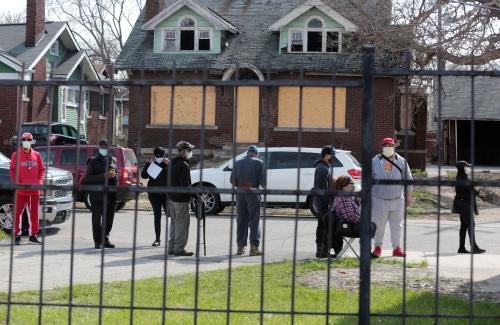
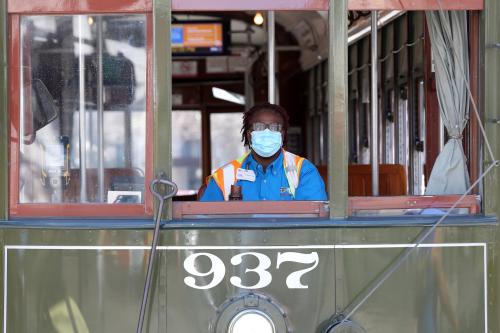
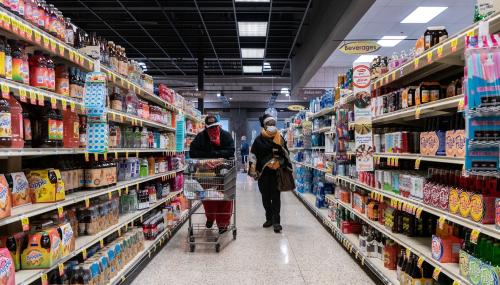
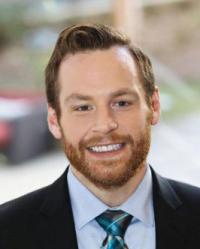
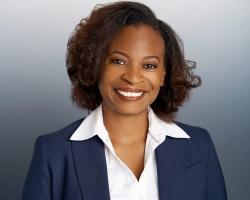



Commentary
What can be done to protect front-line communities from COVID-19?
May 19, 2020